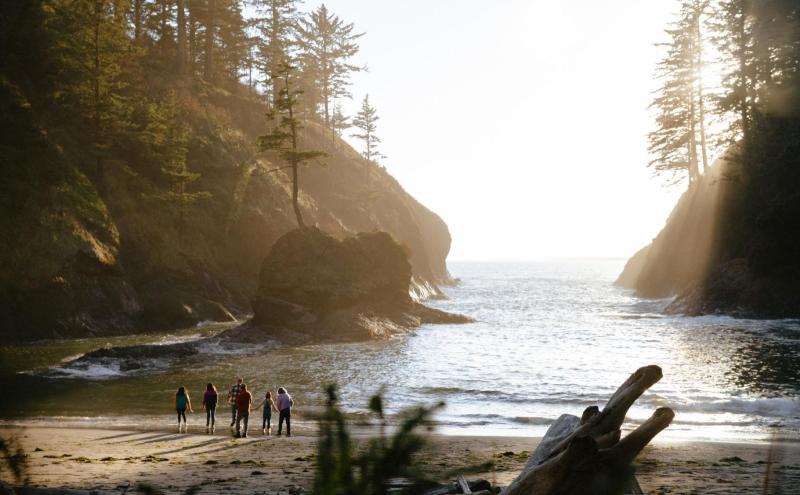
Originally published in 2020; updated in 2024
It’s been a looooonnngggg indoor season and the weather is (once in a while) getting nicer. Feels like it’s time to go boating, stroll in a waterfront park, or get moving and clear your mind.
Recreation is not only essential to your mental and physical health but it supports the region’s economy. According to Port Commissioner Fred Felleman “This season the Port of Seattle encourages visitors to enjoy the great outdoors while protecting Washington’s natural wonders as well as those nearby communities by recreating responsibly.”
Commissioner Felleman adds that “tourism can play a significant role in economic recovery with more than 40 million travelers having visited the city and county in 2018 (Source: Visit Seattle) and contributing $7.9 billion into the regional economy.” (Source: Tourism Economics and Longwoods International)
Create an inclusive outdoors
We’re not all out in the woods yet. Based upon data collected in user surveys, the U.S. Forest Service reports that recreational users of National Forest lands are overwhelmingly white (Source: U.S. Forest Service National Visitor Use Monitoring Survey Results National Summary Report 2018).
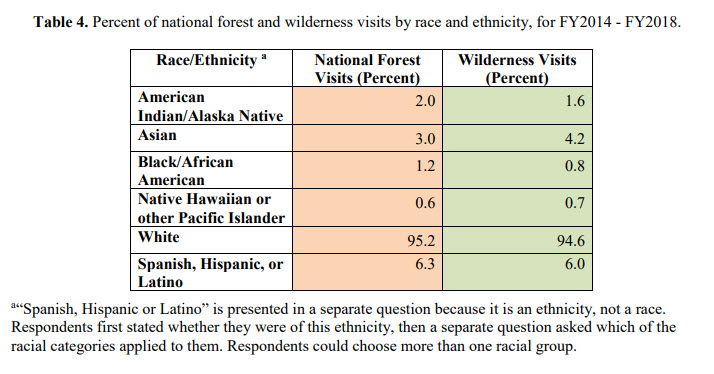
So it’s essential that we continue to make the outdoor lands and recreation facilities a welcoming and inclusive place for underrepresented communities.
Here are a few resources in the Pacific Northwest that are carrying out this mission:
- Seattle Parks and Recreation LGBTQ resource page
- Outdoor Afro Seattle — celebrates and inspires black leadership in nature. See the Facebook page
- BlackGirlsRun Seattle/Tacoma — Running and trail running group. See the Facebook page
- LatinoOutdoors — Connect and engage Latino communities in the outdoors. Visit the website.
- Unlikely Hikers — “We’re an Instagram community, a nationwide hiking group and a podcast! We are people of size, Black, Indigenous, People of Color, queer, trans and non-binary. We are people with disabilities and people who utilize the outdoors to aid our mental health." See the website
- The Seattle Queer and Queer-Ally Hiking Group Meetup: Visit the Meetup site
- OutVentures — an outdoor organization for the LGBT community serving members in the Puget Sound and Pacific Northwest. Visit their site
Take a virtual trip
In these times, we’re learning to expand our horizons from the comfort and safety of your own living room. Recreation doesn't always have to be physical.
Visit Seattle provides links to the best virtual experiences in our region:
- Weekly livestream concerts from Earshot Jazz, KEXP, and more
- Livestreamed programs from Town Hall
- Virtual museum tours of the Henry Art Museum, the Burke Museum, The MoPOP, the National Nordic Museum, Pacific Science Center, Tacoma Art Museum, and the Museum of History and Industry
- Delivery, takeout, and drive through restaurant services
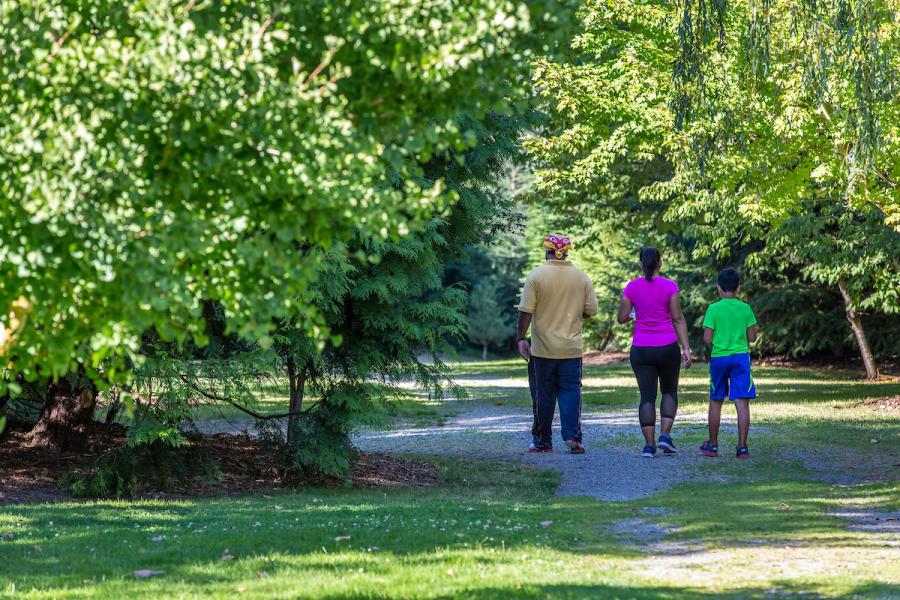
Walk in a park
A courageous band of populists in the early 1900s realized that Seattle’s natural deep-water port and its shoreline was an asset that should belong to the people. Today, the Port supports the infrastructure that’s home to the North Pacific fishing fleet, first-class public marinas and conference facilities, and a necklace of gem-like parks around Elliott Bay.
The Port’s waterfront parks run from South Park area as far north as Centennial Park in downtown Seattle. We encourage you to use your parks in a responsible manner — outdoor activity is a great way to maintain physical fitness and a great way to relieve stress. But remember to keep it moving and maintain your physical distance — the parks are open for strolling, riding, and rolling.
Here are a few of our favorite parks. Before you visit, be sure to check the status of parks and parking lots on the Waterfront Parks page.
- Centennial Park, along Elliott Bay west of Queen Anne, has stunning views of the Olympic Mountains and the islands across Elliott Bay. There’s a biking and walking path to help get everyone moving. Stop and smell the roses in the garden.
- Jack Block Park is a 15-acre park in West Seattle that sits on the northwest corner of the Port of Seattle’s Terminal 5. With a shoreline walking path and a walkable pier with an observation tower, there’s plenty to keep your family occupied. The tower overlooks Elliott Bay and downtown Seattle, and offers a view of port operations at Terminal 5 and Vigor Shipyards.
- 8th Avenue South Park, located in the South Park neighborhood, offers great views of the Duwamish Waterway and, at low tides, has access to a small beach.
Wander the waterfront
The Port manages public recreation facilities like waterfront parks and paths, an exercise course, a rose garden, a boat launch, and benches and paths along the shoreline.
- Watch wildlife like sea lions and birds on a walk from Shilshole Bay Marina to Golden Gardens Park
- Grab takeout at the restaurants at Fishermen’s Terminal
- Ride your bike along Elliott Bay and catch a glimpse of Mt. Rainier at Smith Cove
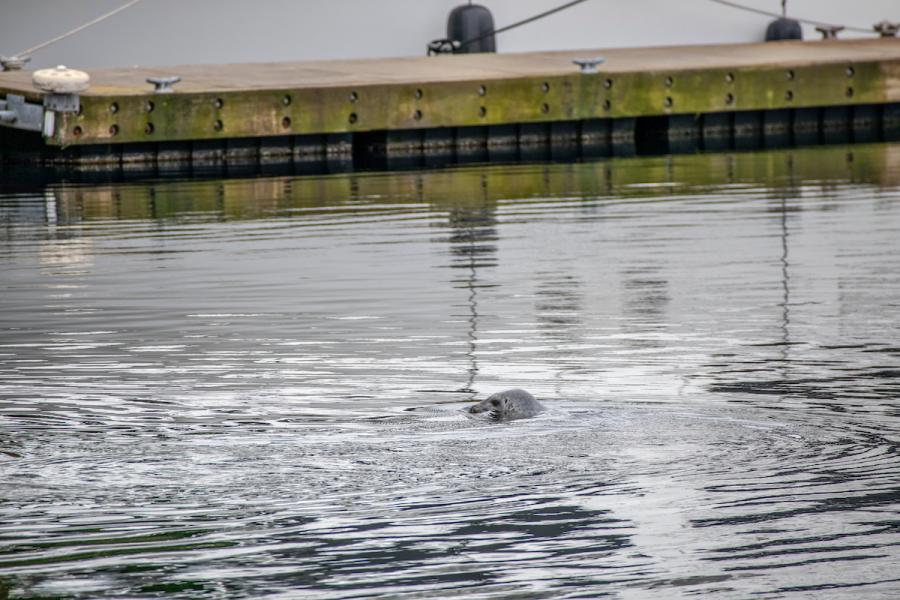
View global commerce in action
Watch the economy on the move as large commercial ships come and go from the container terminals, bringing the goods you use every day into our region and exporting our best to the rest of the world.
- Download a self-guided walking tour of the Seattle container terminals
Take a hike
You probably know that our area offers a wealth of beautiful hikes for any ability. Here are some resources to help find the perfect hike:
- Washington Trails Association Hike Finder
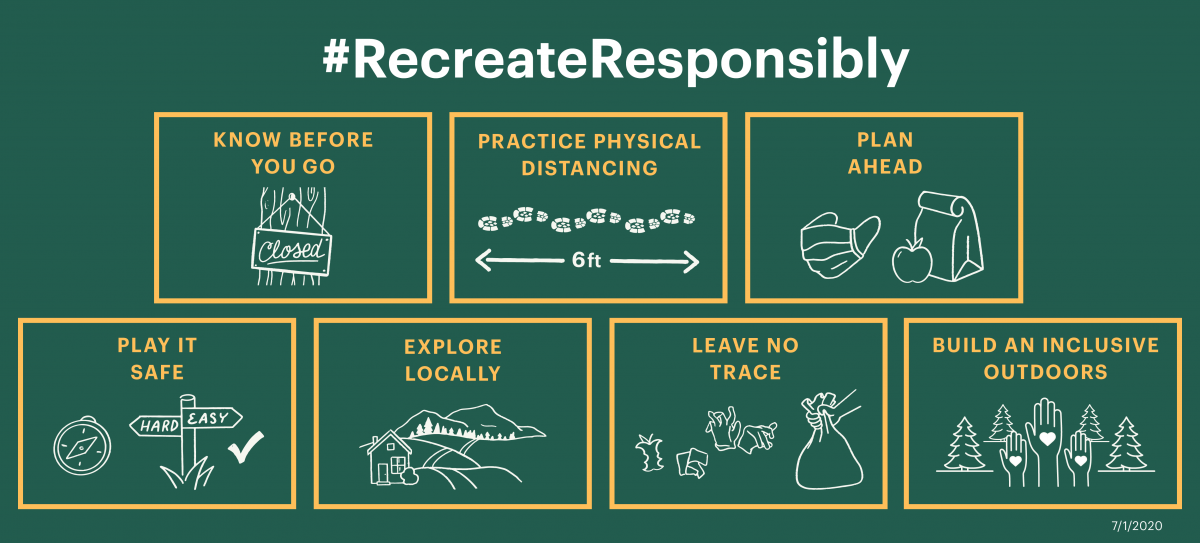
Recreate responsibly
We want you to have a great time and stay safe while using Port and state recreation facilities. Here are a few tips on how to get outside and #RecreateResponsibly.
1. Know before you go
Check the status of the place you want to visit. If it is closed, don’t go. If it’s crowded, have a Plan B.
2. Practice physical distancing
Maintain your distance and always bring a face covering. Be prepared to cover your nose and mouth and give others space. If you are sick, stay home.
3. Plan ahead
Prepare for facilities to be closed, pack lunch, and bring essentials like hand sanitizer and a face covering.
4. Play it safe
Slow down and choose lower-risk activities to reduce your risk of injury. Search and rescue operations and health care resources are both strained
5. Explore locally
This is not the time to travel long distances to recreate. Keep in mind that most places are only open for day use.
6. Leave no trace
Respect public lands and communities and take all your garbage with you.
7. Build an inclusive outdoors
Be an active part of making the outdoors safe and welcoming for all identities and abilities.


